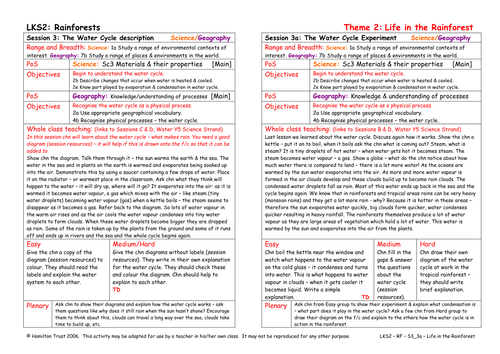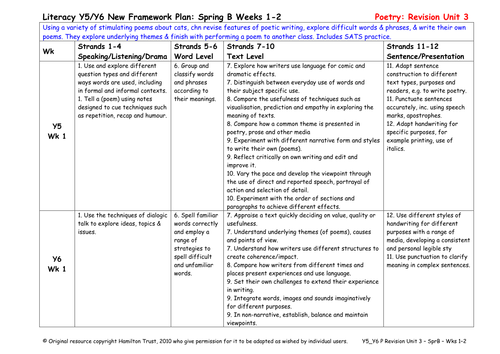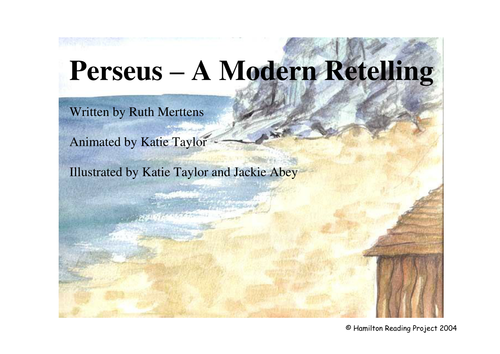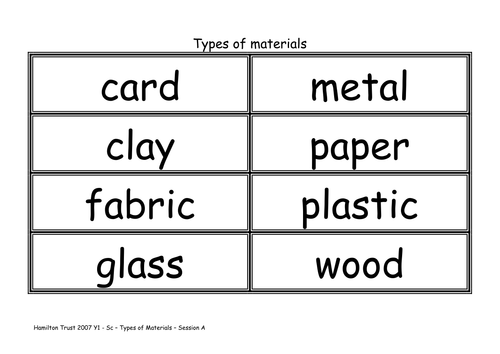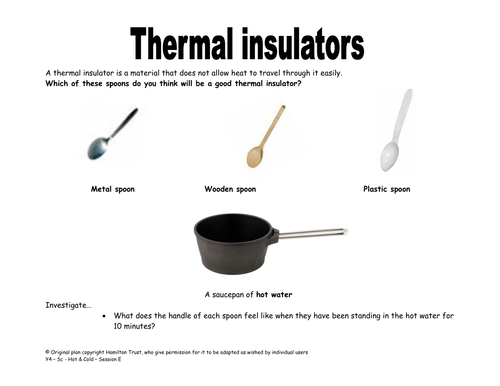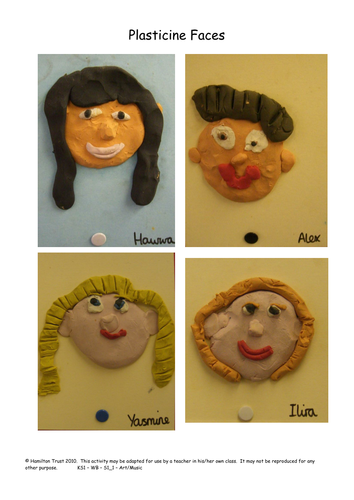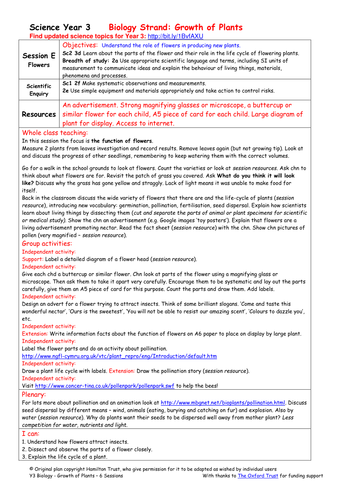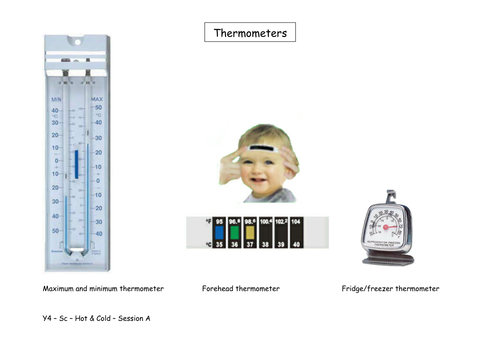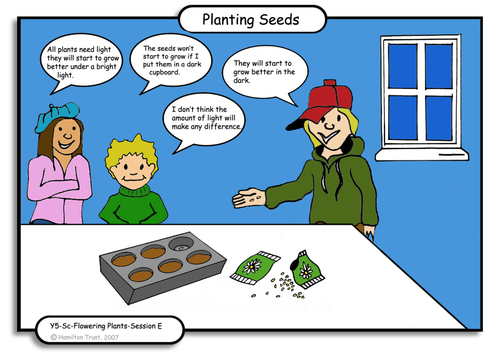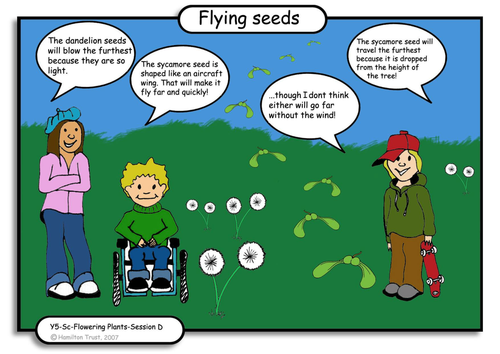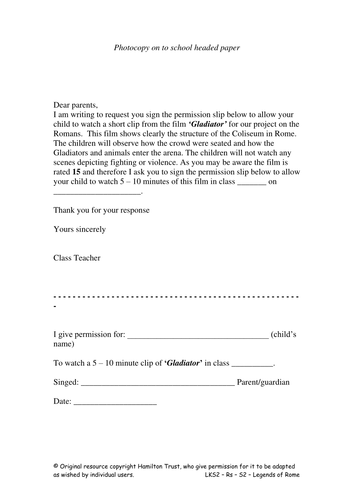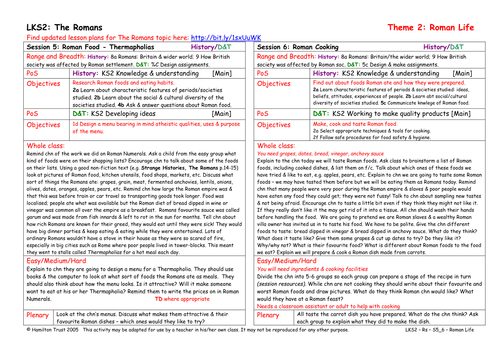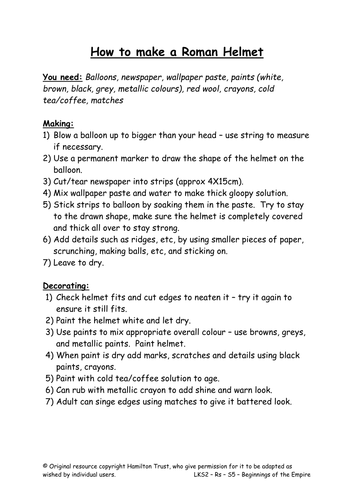
3k+Uploads
10009k+Views
11617k+Downloads
Cross-curricular topics

Yr 5 Narrative Unit 5 Film and graphic stories
Raymond Briggs provides perfect stimulus for this fantastic 4 week block. Starting with The Snowman children build up a range of skills that serve them well as they work towards the creation of their film trailer for the screen version of ‘The Bear’.
Find other lesson plans and resources at www.hamilton-trust.org.uk.

The Water Cycle Experiment
In this session children get a better understanding of why there is so much rain in rainforest regions. Chn create simple explanations in wordsildren pictures and diagrams.
Suitable for years 3 and 4.

Maths Y2 Autumn Teaching Sequence D1
Handling data (two days).
Children use the drawings of feet from Teaching Sequence M1 to create a block graph. They also draw a block graph to show shoe sizes and compare the two. Pictograms are drawn to go with block graphs and vice versa. Children are asked what the various pictograms and black graphs tell them.
Find additional lesson plans and resources at www.hamilton-trust.org.uk.

Yr 5/6 Poetry revision Unit 3: Cats
Using a variety of stimulating poems about cats, children revise features of poetic writing, explore difficult words and phrases, and write their own poems. They explore underlying themes and finish with performing a poem to another class. Includes SATs practice.
Find other lesson plans and resources at www.hamilton-trust.org.uk.

Yr 6 Narrative Revision Unit 1 :Narrative form
This unit is designed to provide in-depth revision of various narrative forms and techniques in a stimulating way. Children extend skills in comprehension and writing. The unit prepares children for more focussed SATs practice using papers.
Find other lesson plans and resources at www.hamilton-trust.org.uk.

Naming materials
Explore materials and objects placed on tables round the room using looking and feeling. As a class name the materials, then in small groups talk about their properties. Go on a materials hunt around the school. Children make a materials collage.
Suitable for Year 1 pupils.
Find other lesson plans and resources at www.hamilton-trust.org.uk.

Maths Y4 Autumn Teaching Sequence 9
Doubles, multiplying and dividing two-digit numbers by single-digit numbers (five days).
Children use partitioning into tens and ones (Splits) to double two-digit numbers up to 50 and find halves of even numbers up to 100. They then double two-digit numbers greater than 50, including using the context of buying two items of the same price. The strategy of partitioning to double is then extended to multiply two-digit numbers by 3, 4 and 5.
Find additional lesson plans and resources at www.hamilton-trust.org.uk.

Maths Y4 Autumn Teaching Sequence 10
Fractions (five days).
Children find several tenths and eighths of objects and number strips. They find fractions (fifths) of chocolate bars and link finding a fraction to the sharing image of division. The link between sharing and grouping is discussed, so that children can use grouping and their division facts to help find a fraction of a number. Children find equivalent fractions and fractions with a total of 1.
Find additional lesson plans and resources at www.hamilton-trust.org.uk.

Thermal insulators & conductors
The properties of materials relate to their use as everyday objects such as spoons. Children test the insulating properties of various stirrers & discuss everyday uses of materials for thermal insulation or conduction. Look at diff meanings of word conductor. Suitable for Y4 pupils.

Making Plasticine Faces
Children look at the photographic portraits of the children in We are Britain. They talk about the shapes and colours of our faces which make us unique. They discuss art work made by other children and make a plasticine face in relief.
Suitable for years 1 and 2.
Find other lesson plans and resources at www.hamilton-trust.org.uk.

We Are Britain - Labels and Captions
Children start by exploring the wonderful book We are Britain. They learn how all these different children with different backgrounds all make up our country. They use this model to create a class book using labels, captions and diary entries.
Suitable for Years 1 / 2.
Find other lesson plans and resources at www.hamilton-trust.org.uk.

Flowers
Go for a walk and count flower varieties. Find out what happened to the grass you covered. Learn about the function of flowers as part of plant life cycle. Draw and dissect a flower. Design a brilliant advert to entice bees to your flower.
Suitable for Y3 pupils.
Find other lesson plans and resources at www.hamilton-trust.org.uk.

Maths Y6 Spring Teaching Sequence 6
Reasoning and explaining (three days).
Children describe how to find cost/quantities using words, and then learn to express this as a formula using n to stand for the variable. They continue and describe number sequences, discuss how to find the 10th, then 100th term before writing an expression for the nth term. These skills are then used to generalise and write expressions for sequences of growing shape patterns. Children also describe the relationship between pairs of numbers orally before writing expressions using n.
Find additional lesson plans and resources at www.hamilton-trust.org.uk.

Measuring the temperature
Use everyday examples to explain that temperature is a measure of how hot or cold something is and that it increases or decreases due to heat being transferred to or away from the object. Children find that thermometers are the best way to measure temperature!
Suitable for Year 4 pupils.
Find other lesson plans and resources at www.hamilton-trust.org.uk.

Filtering
Discuss which solids can be separated from liquid using a sieve and which need the finer filter paper. Explain that some solids dissolve in liquids and cannot then be separated by sieving or filtering. Children investigate materials to use as filters.
Suitable for Y4 pupils.
Find other lesson plans and resources at www.hamilton-trust.org.uk.

Seed germination investigation
There’s more to seeds than you might think! Children discover that seeds can lie dormant for a long time before the conditions are right for germination. The children investigate what those conditions are with their own investigation.
Suitable for Y5 pupils.
Find other lesson plans and resources at www.hamilton-trust.org.uk.

Seed dispersal investigation
Which seeds get carried furthest on the wind? Children work together to create an experiment to answer this question in the classroom. Their fair test identifies how far seeds travel and graphs make everything clear.
Suitable for Y5 pupils.
Find other lesson plans and resources at www.hamilton-trust.org.uk.

Amphitheatres, the Colosseum
Children continue the work on the Coliseum in Rome. They find out about its history and then identify and locate this building in today’s Rome. Pointing out that it can be visited, chn look at tourist brochures and plan a visit!
Suitable for years 3 and 4.

Roman Food - Thermapholias
Children continue their researches into Roman everyday life, turning their attention to eating habits and food. They look at some of the foods and recipes of the Romans, and then design a Roman meal to be eaten in a Thermapholia.
Suitable for years 3 and 4.
Find other lesson plans and resources at www.hamilton-trust.org.uk.

Making Roman Helmets: Making Helmets
Following the work on soldiers in session 4, children study the helmets worn by different Roman soldiers. They identify similarities and differences and the reasons for these (age, rank, etc.) Then they plan to make a Roman soldier helmet in papier-mâché.
Suitable for years 3 and 4.
Find other lesson plans and resources at www.hamilton-trust.org.uk.


